Greetings from the Pacific Northwest!
This week, I’m out of the office and visiting my family in my hometown of Olympia, WA. While I’m technically on vacation, I can’t resist sharing some of my favorite hometown invertebrates; they’re certainly not ones you’ll find in Montana.
Olympia is positioned at the southernmost point of Puget Sound, and together with the Strait of Juan De Fuca and the Strait of Georgia, the three bodies make up the larger water body known as the Salish Sea. The coastal Salish relied on the sea as an abundant food source, and even today, it’s easy to see why. As the sea is connected to the Pacific Ocean, it is subject to the tide, and when the tide recedes, the presence of life beneath the surface becomes abundantly clear.
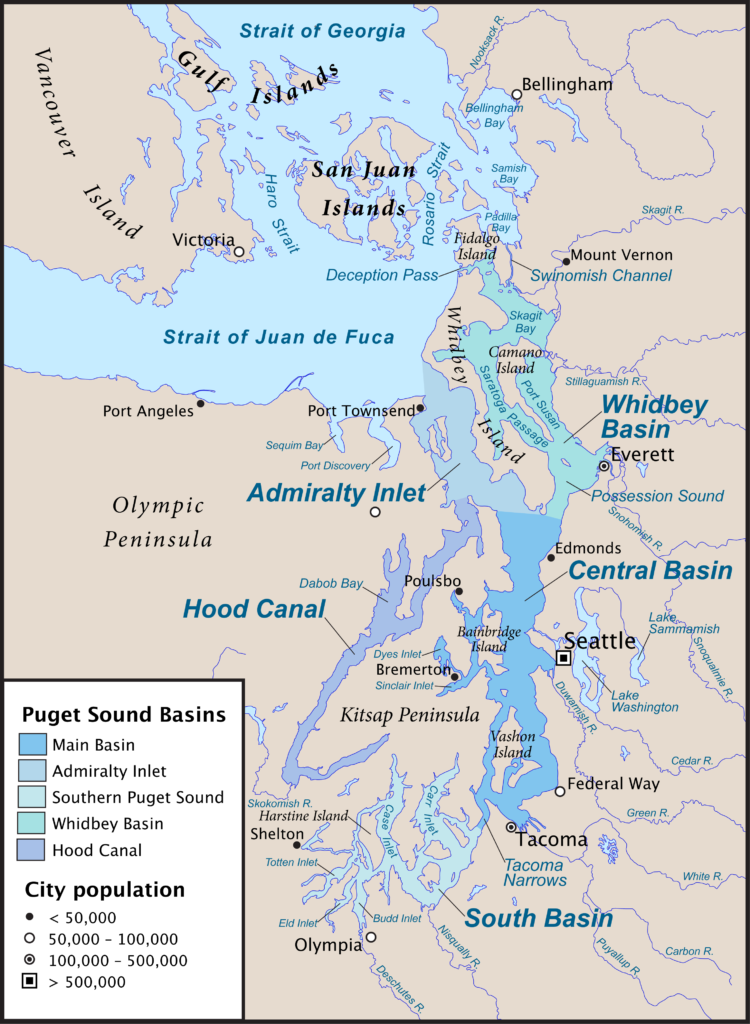
Yellow shore crab (Hemigrapsus oregonensis)
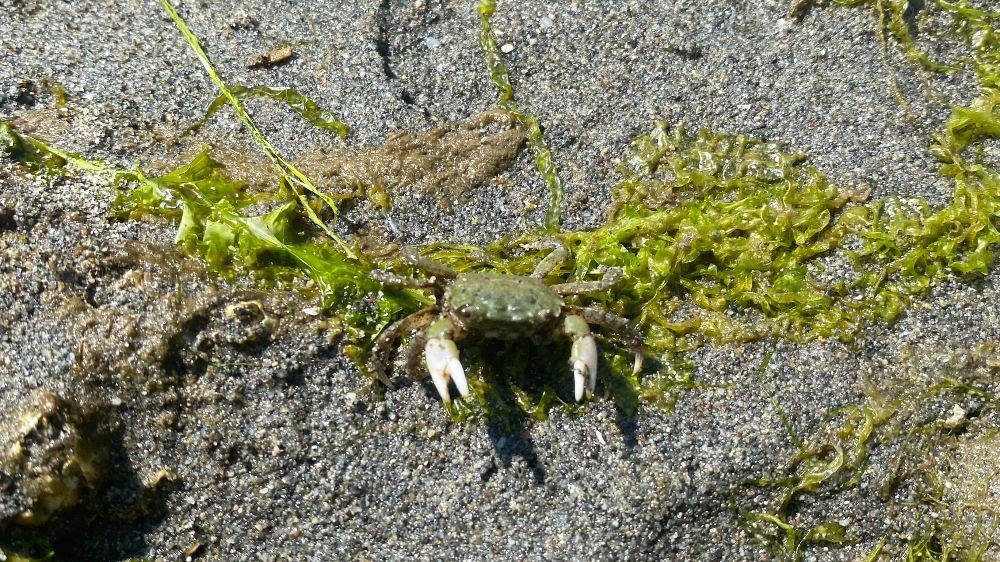
It felt appropriate to kick off this list with the closest insect relative, the yellow shore crab. Shore crabs can be found in large numbers at low tide; if you know where to look. They often take shelter from the sun under rocks or rotting logs. Just like their (distant) insect relatives, they have a hardened exoskeleton.
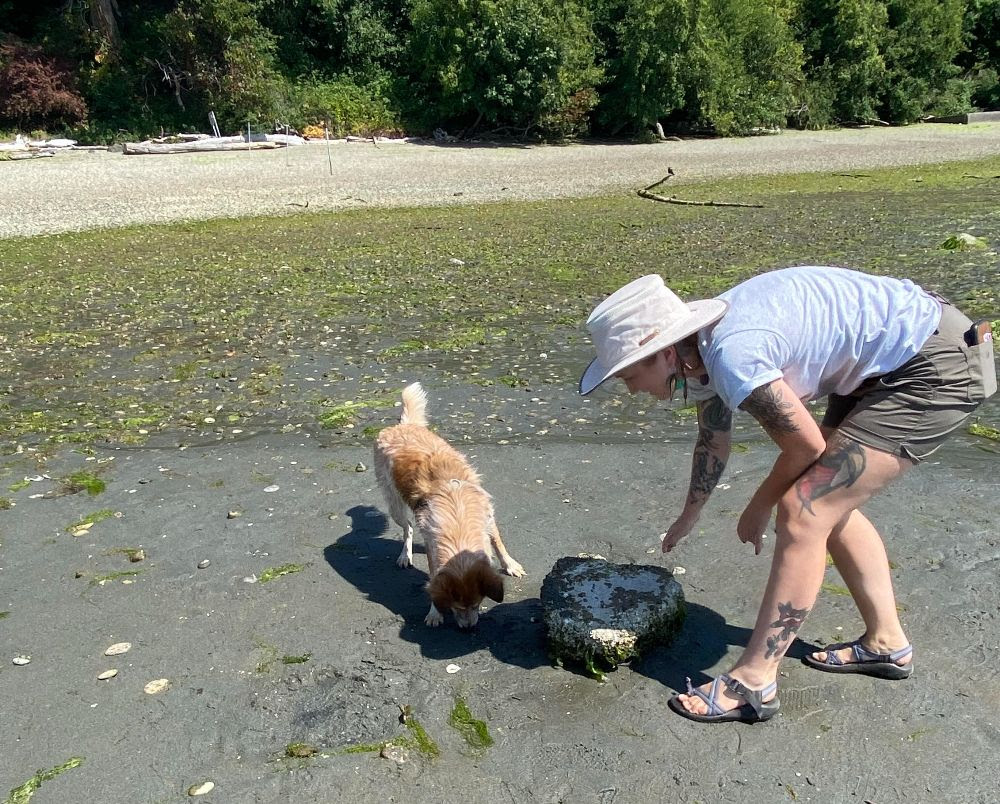
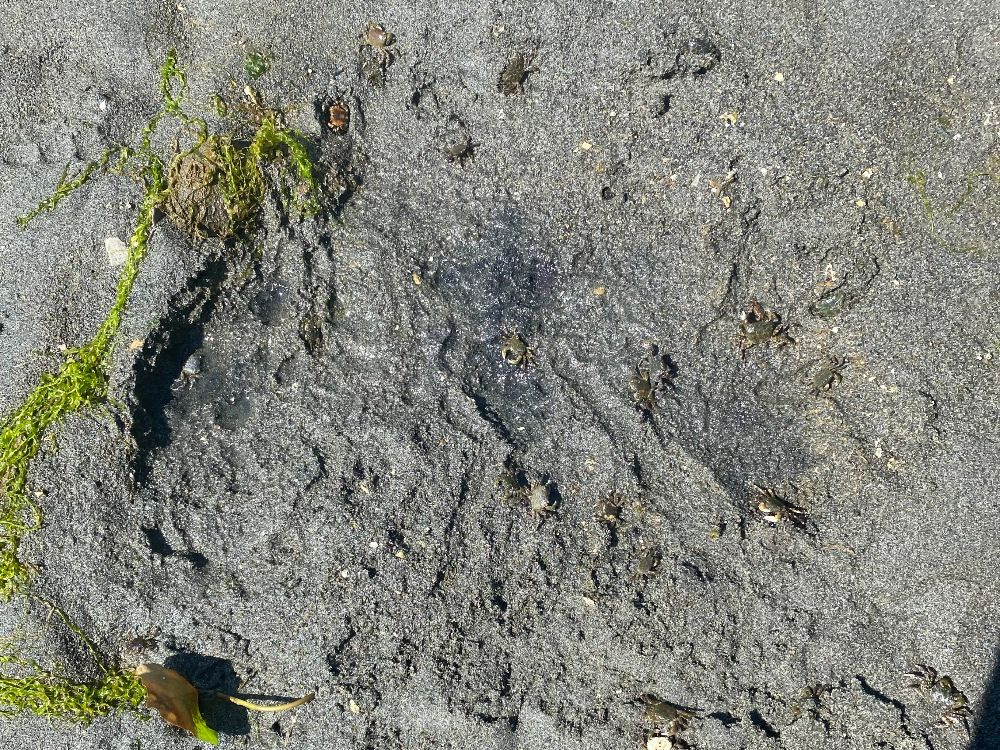
Eccentric sand dollar (Dendraster excentricus)
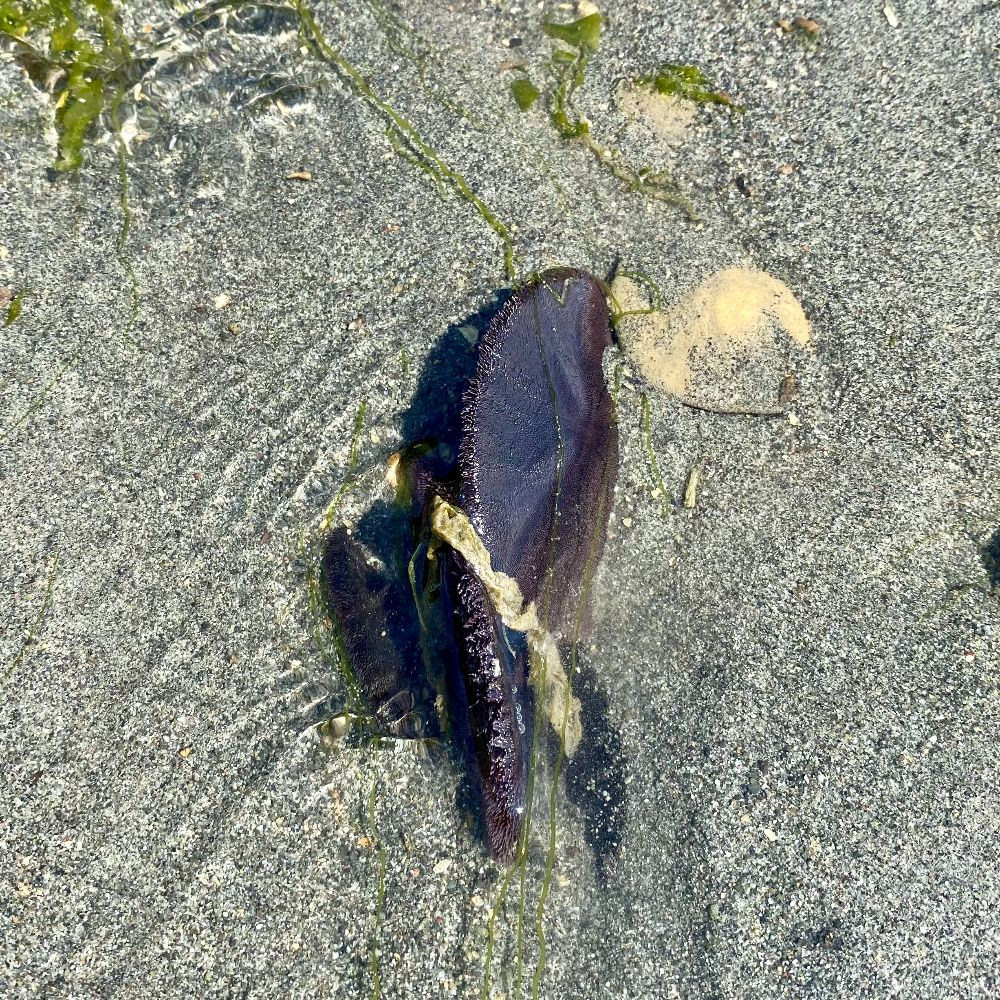
Sand dollars (also known as ‘sea-cakes’ or ‘biscuit-urchins’) were my favorite to collect as a kid, but when collecting, it’s important to know which ones are alive and which ones are dead. Live sand dollars are purple, with fine, soft spines (which act as feet to help the sand dollar move) on the flat edge. Dead sand dollars are bleached white from the sun, and lack spines.
Sand dollars are a type of burrowing urchin that aggregate in large beds. When the tide recedes, the beds are exposed. The live sand dollars dig themselves into the sand, while the dead ones are exposed to the sun and elements, bleaching their skeleton and making for great beach souvenirs.
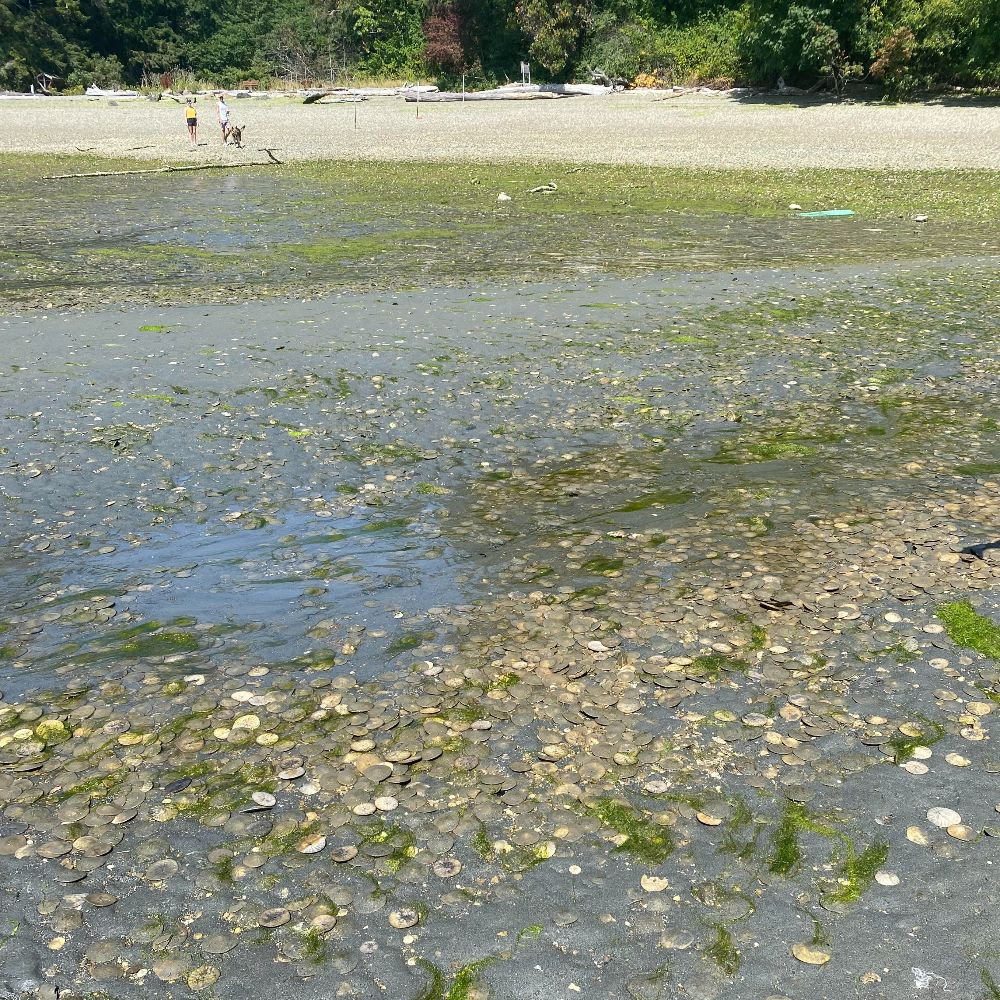
Moon jelly (Aurelia aurita)
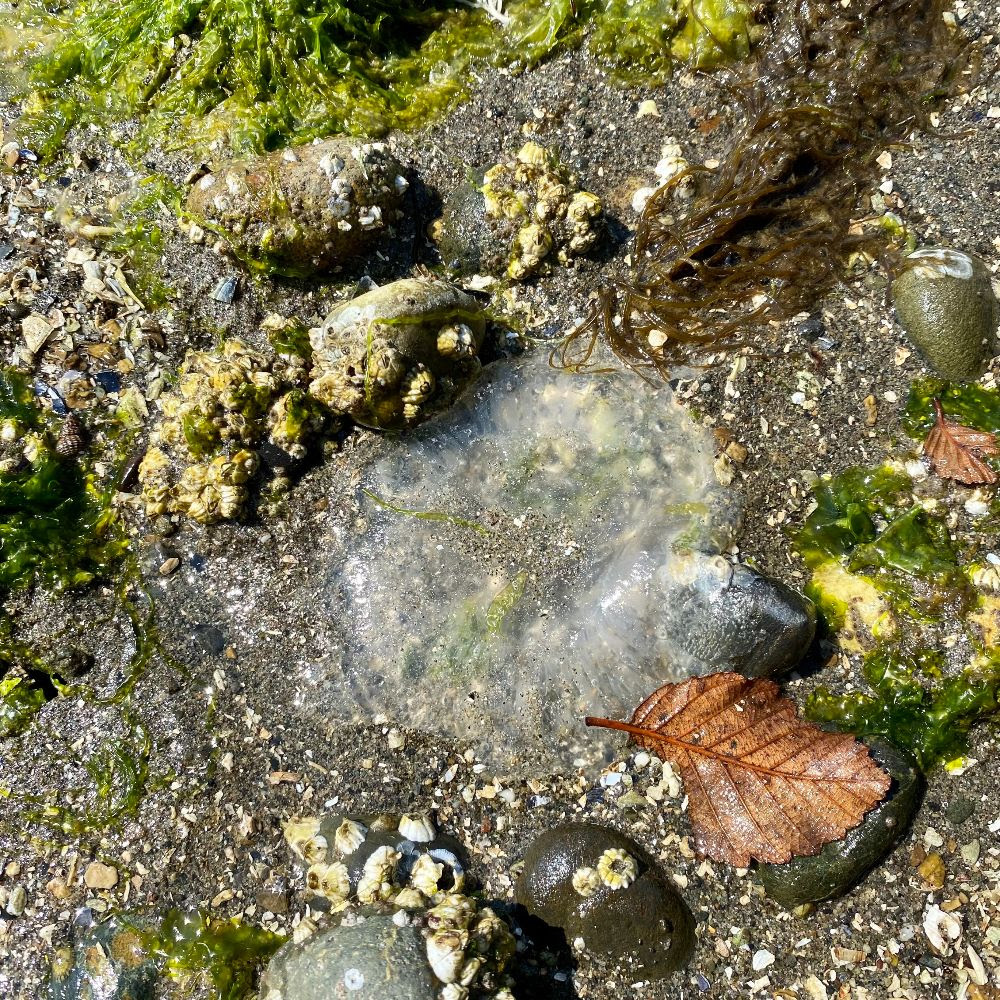
Jellyfish are some of the most alien-like creatures on Earth; they have no respiratory, excretory or circulatory systems and can quite literally Benjamin Button themselves back into adolescence. To be honest, I don’t know much about jellyfish except that my favorite pastime as a kid was poking dead ones that washed ashore.
Moon jellies, like the one pictured above, are not particularly mobile; many species of jellyfish are subject to tides and currents, but the moon jelly is especially so. In the summer, when water temperatures are high and dissolved oxygen is low, large numbers of dead jellies wash ashore. And in case you’re wondering, yes. I still poke them. (Though I did toss this one back into the sound on the off chance it was still alive).
Blue mussel complex (Mytilus edulis)
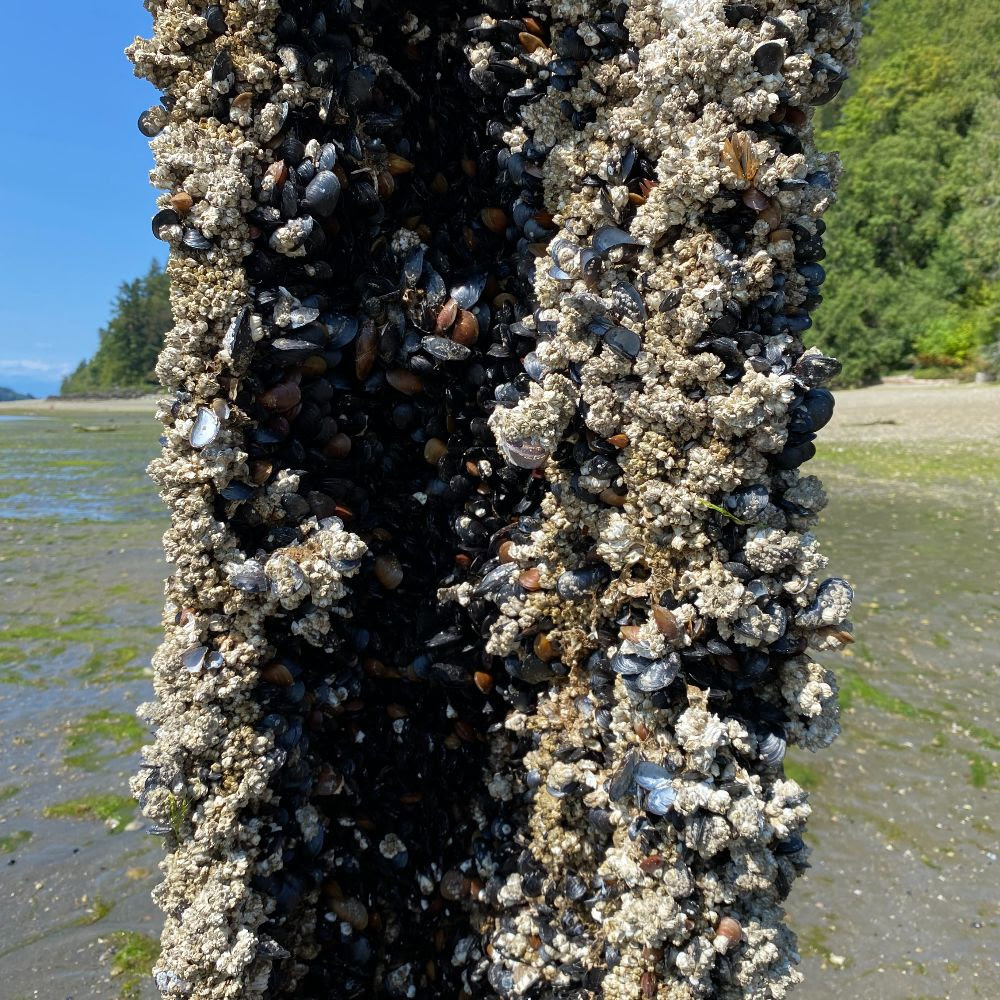
Oh, delicious bivalves. Mussels are everywhere along the shores of the Salish Sea, and without them, the waters would be a stinking, polluted mess. Mussels are effective filter feeders, ridding local waters of harmful bacteria, metals and toxins. Sadly, they are susceptible to ocean acidification, and decreasing numbers could lead to severe water pollution.
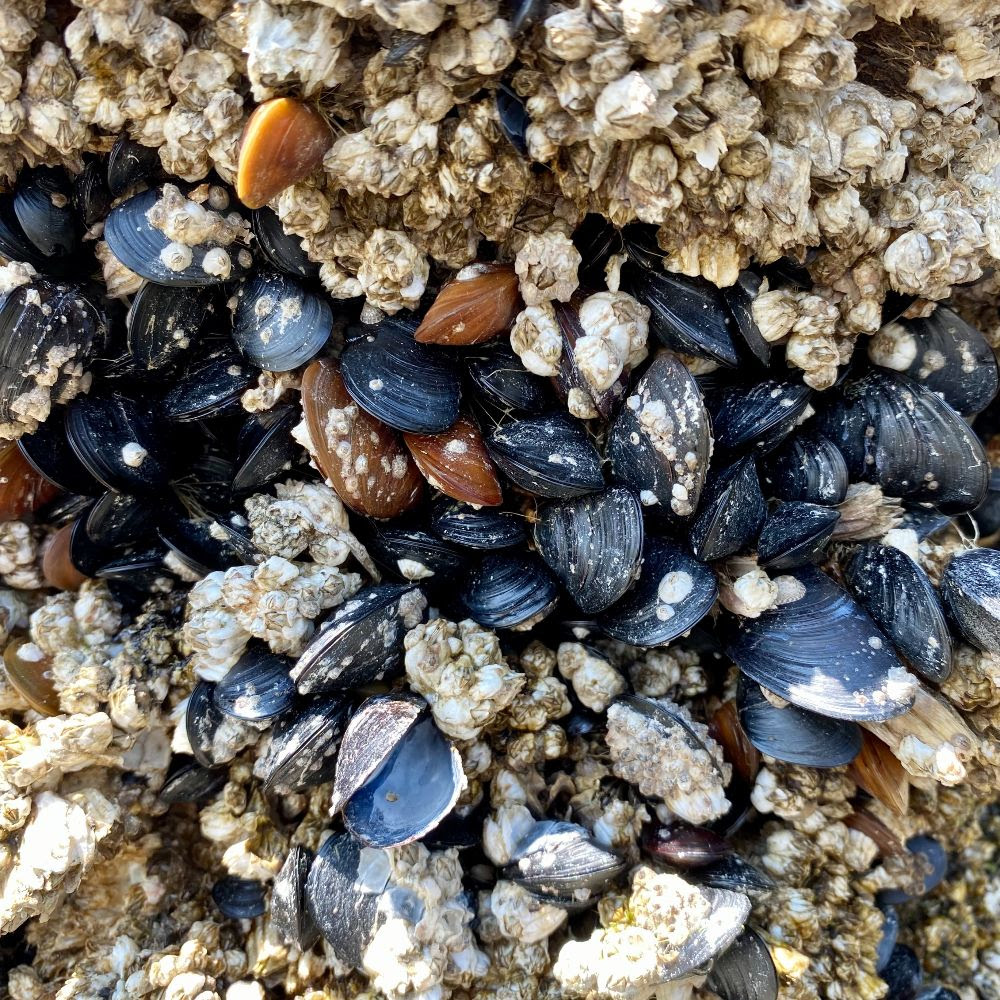
Bonus critter! Pacific Tree Frog (Pseudacris regilla)
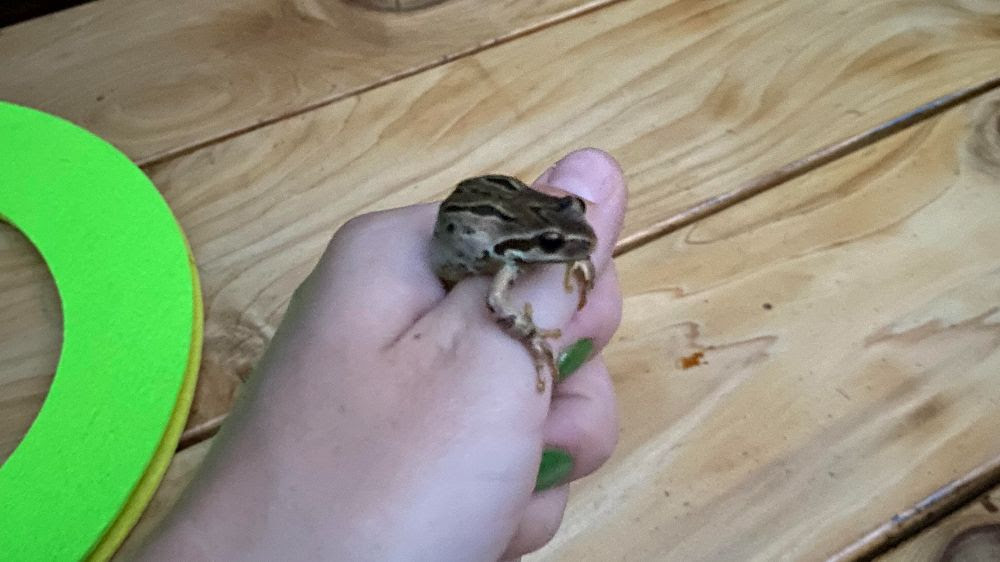
Okay, I know. It’s not even an invertebrate. But these critters thrive in the temperate rainforest that is western Washington and they are everywhere. I can’t resist them.
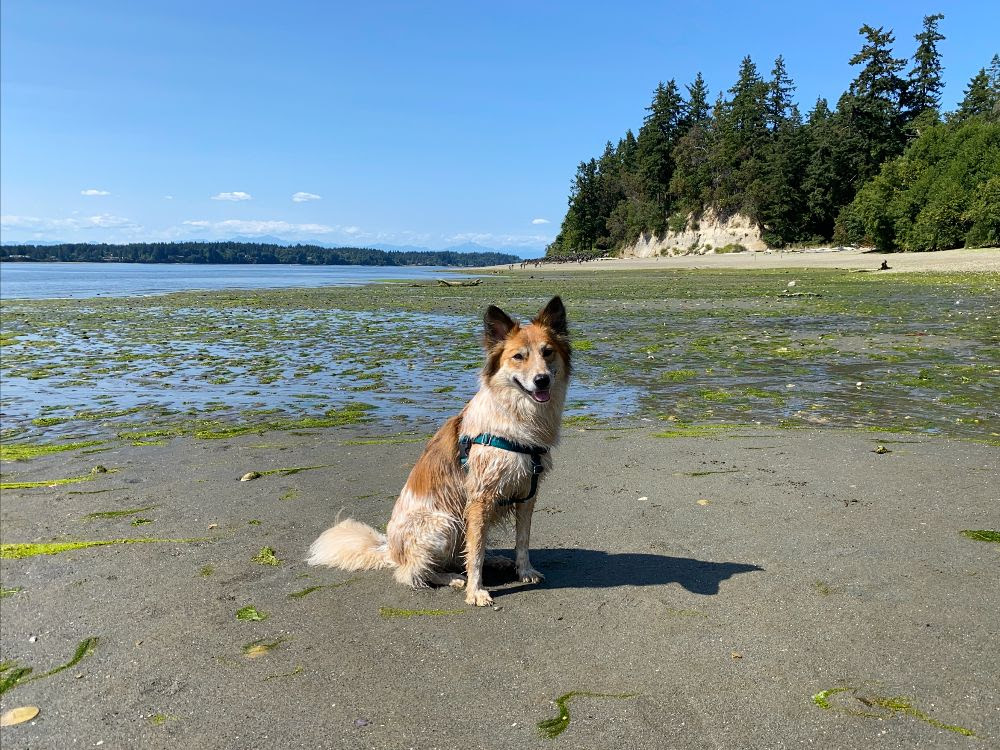
Until next time, thanks for joining me at the shoreline!
Bug Wrangler Brenna
brenna@missoulabutterflyhouse.org
Want to revisit a previous Notes from the Lab issue? Check out our archive! Do you want to request a subject for an upcoming issue? Email me at the address above and put “Notes from the Lab” in the subject line.